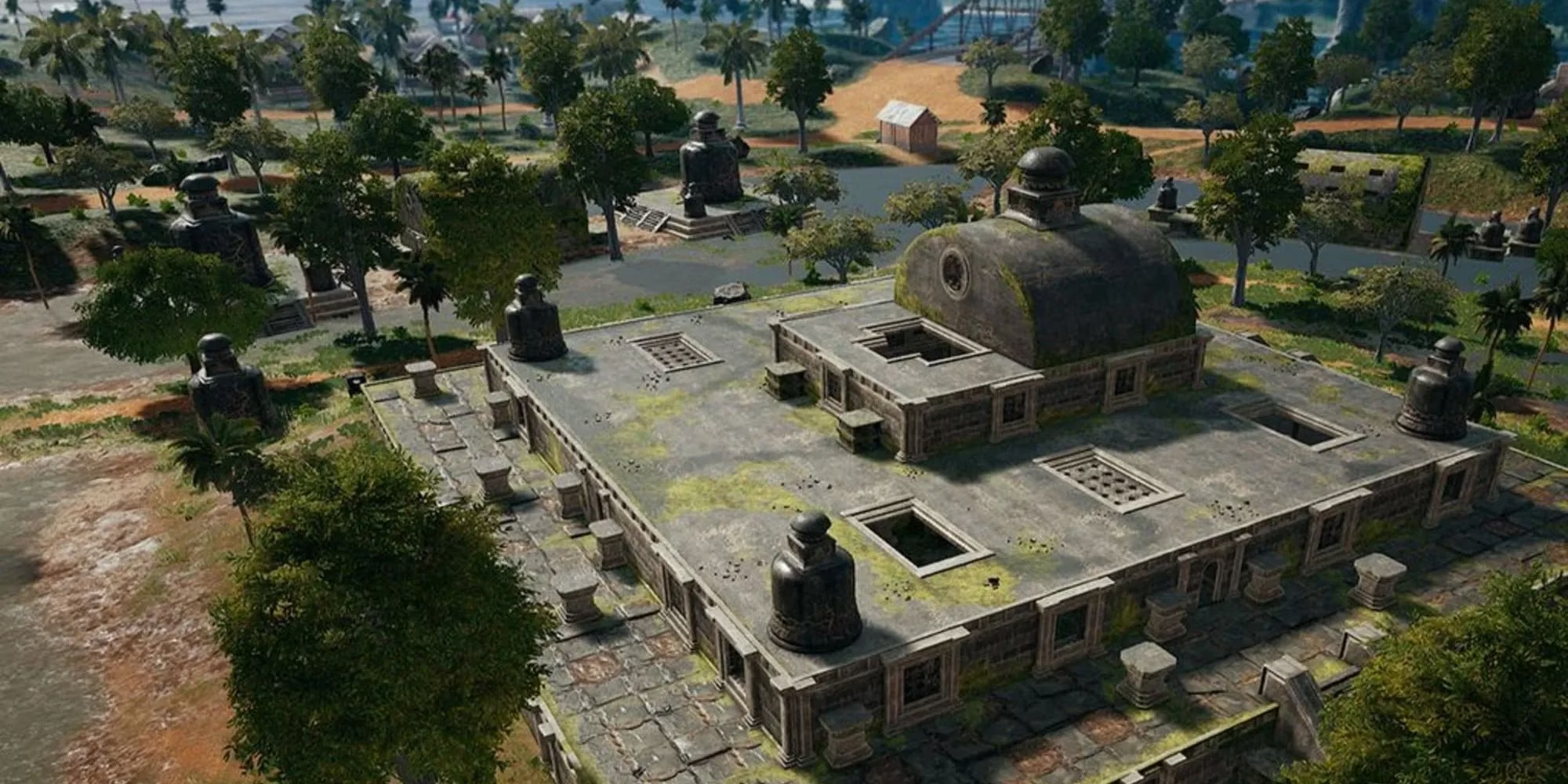Brendan Greene's Metaverse Vision Beyond Profit
Discover Brendan Greene's innovative vision for Artemis, a vibrant metaverse blending creativity, community, and eco-friendly blockchain technology to redefine digital worlds.
The glow of Amsterdam's canals reflected in Brendan Greene's glasses as he sketched concepts that felt worlds away from the battle royale chaos of PUBG. Three years after stepping back from his gaming phenomenon in 2019, the creator found himself building Artemis – a visionary metaverse where AI inhabitants would populate an Earth-sized digital realm. Greene's fingers drummed against his desk, imagining children like "AwesomePickle" designing NFT skins rather than corporate giants dominating the economy. He recalled PUBG's success with bittersweet pride, knowing this new frontier demanded different rules. The creator felt weary of endless debates about blockchain terminology; what truly mattered was crafting spaces where creativity could bloom like wildflowers in concrete cracks. For Greene, Artemis wasn't about chasing trends but building digital soil where ordinary people could plant seeds of value and watch them grow.

The Heartbeat of Artemis
Greene envisioned Artemis pulsating with organic communities rather than corporate agendas. His voice softened when describing it – not as some dystopian corporate playground but a living ecosystem where players could genuinely live. The AI population would react dynamically, creating unscripted moments like stumbling upon a virtual street musician or discovering hidden marketplaces. This contrasted sharply with Zuckerberg's sterile metaverse demonstrations that became internet laughingstocks. Greene shuddered remembering those awkward digital selfies in front of pixelated landmarks; his Amsterdam team had pinned them as cautionary tales. They poured midnight coffee debating how to avoid becoming another meme – focusing on tactile pleasures like the weight of virtual tools in your hand or sunlight filtering through code-generated trees. The team felt electricity in these discussions, sensing they were crafting something that respected players as collaborators rather than wallets.
Economics of Belonging
"It must breathe like the internet," Greene insisted during investor meetings, drawing puzzled stares. He passionately described economies emerging from grassroots creativity – imagine a teenager in Jakarta coding neon dragon-wing NFTs that veteran designers would scramble to buy. This vision clashed with Ubisoft's failed NFT experiments, which crashed spectacularly amid player revolts against soulless monetization. Greene empathized with that anger; he'd felt it himself watching gaming's soul get auctioned. His solution? Artemis would use proof-of-stake blockchains slashing energy consumption by 99% compared to early crypto experiments. Still, skepticism lingered like fog. Some developers whispered that Greene had lost touch, chasing impossible ideals. Others admired his stubborn faith in community-driven value. The tension thrilled him – this was the messy, human friction PUBG never offered.

2025: Crossroads of Creation
Now in 2025, Artemis stands at a fascinating juncture. Early beta testers describe euphoric moments – like teaching an AI baker to improve virtual croissants through player feedback loops. Yet challenges persist. Regulatory storms brew over digital ownership laws, and Greene often paces his studio wrestling with ethical dilemmas. Should a player's NFT vineyard be protected from code glitches? Can griefing be prevented without crushing spontaneity? These questions ignite fiery debates in Discord channels, reminding everyone that building worlds is profoundly different than controlling them. Greene sometimes smiles wistfully at PUBG screenshots, missing the simplicity of drop zones and gunfire. But watching a streamer named PixelPioneer earn tuition money by designing Artemis wedding venues? That fuels him. It’s imperfect. Chaotic. Human. Exactly as intended.
FAQ
Q: How does Artemis differ from Roblox or Fortnite?
A: While those platforms focus on isolated experiences, Artemis simulates a continuous, persistent world with AI "residents" creating dynamic narratives. Think living cities rather than themed islands.
Q: Can players really earn sustainable income?
A: Currently, top 5% creators make $500-$3,000 monthly through NFT design and event hosting. However, Greene emphasizes this shouldn't replace traditional careers – it's supplemental creative income.
Q: What's the biggest environmental concern?
A: ⚡ Early NFTs used energy equivalent to Portugal's monthly consumption! Artemis utilizes Ethereum's 2023 merge upgrade, reducing carbon footprint by 99.95%. Environmental audits happen quarterly.
Q: Will corporate brands invade Artemis?
A: Greene bans direct advertising. Brands can sponsor community events (e.g., music festivals), but no billboards or forced product placements. User backlash determines policy changes.
Q: How accessible is it technologically?
A: 😅 Currently requires high-end VR/PC. Mobile/lite versions targeting 2026 release. Greene admits this contradicts "for everyone" ethos but argues foundational systems must stabilize first.